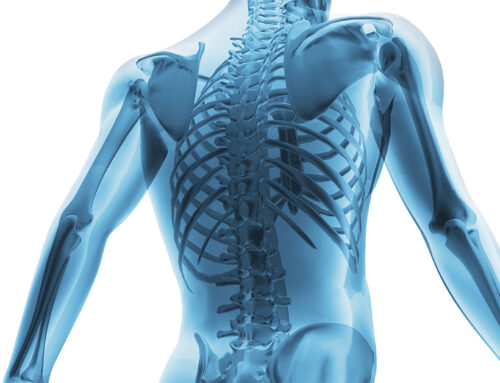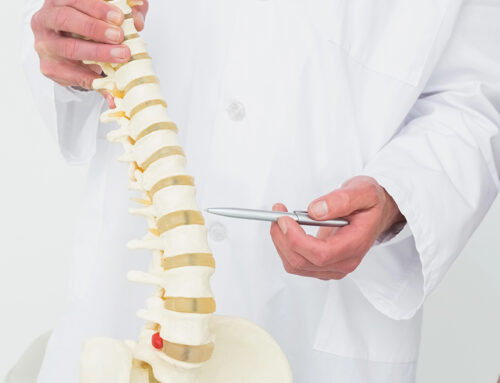
Are Artificial Disc Replacements Worth It?
Artificial disc replacement (ADR) has emerged as a promising treatment for chronic back pain caused by degenerative disc disease (DDD). This innovative surgical procedure offers an alternative to traditional spinal fusion, aiming to preserve natural spinal motion and provide lasting pain relief. But are artificial disc replacements worth it? Let’s explore the benefits, risks, and considerations to help you decide if this treatment is right for you.
Understanding Artificial Disc Replacement
Artificial disc replacement involves removing a damaged spinal disc and replacing it with an artificial one. The artificial disc is designed to mimic the natural function and movement of a healthy disc, which can help maintain normal spinal mechanics and reduce pain.
Benefits of Artificial Disc Replacement
- Preservation of Motion: One of the most significant advantages of ADR is the preservation of natural spinal motion. Unlike spinal fusion, which limits movement by fusing two or more vertebrae together, ADR allows the treated segment to maintain its mobility. This can reduce stress on adjacent discs and potentially lower the risk of further degeneration.
- Faster Recovery: Patients undergoing ADR often experience a quicker recovery compared to those who have spinal fusion surgery. Most can return to normal activities within a few weeks, although full recovery may take several months. The shorter recovery period can be a substantial benefit for those eager to resume their daily routines and work.
- Long-Term Pain Relief: Many patients report significant and lasting pain relief following ADR. Studies have shown that ADR can provide long-term improvement in pain and function, allowing patients to enjoy a better quality of life and engage in activities they might have avoided due to back pain.
Risks and Considerations
- Surgical Risks: As with any surgery, there are inherent risks associated with ADR, including infection, bleeding, and complications from anesthesia. It’s essential to discuss these risks with your surgeon to understand how they might apply to your specific case.
- Implant Risks: There is a possibility of implant-related issues such as displacement, wear, or failure over time. While advancements in technology have improved the durability and performance of artificial discs, these risks remain a consideration.
- Nerve Damage: Nerve damage is a potential risk during spinal surgery, which can lead to symptoms like numbness, weakness, or pain. Ensuring your surgeon is highly skilled and experienced can help minimize this risk.
- Not Suitable for Everyone: ADR is not suitable for all patients. Ideal candidates are typically younger, non-obese individuals with single-level disc degeneration who have not responded to conservative treatments. Patients with multiple degenerative levels, severe spinal instability, osteoporosis, or spinal infections may need to consider alternative treatments like spinal fusion.
Cost Considerations
Artificial disc replacement can be more expensive than spinal fusion, and insurance coverage may vary. It’s essential to check with your insurance provider to understand what costs are covered and what out-of-pocket expenses you might incur.
Personal Considerations
- Lifestyle and Activity Level: If you lead an active lifestyle and want to maintain as much spinal mobility as possible, ADR might be a better option than spinal fusion. The ability to preserve motion can be particularly beneficial for those who engage in sports or physical activities.
- Long-Term Goals: Consider your long-term health goals and how each treatment option aligns with them. If preserving spinal motion and reducing the risk of adjacent segment degeneration are important to you, ADR might be worth considering.
- Recovery Time: Think about how much time you can realistically dedicate to recovery. If you need to return to work or daily activities quickly, ADR’s typically faster recovery period might make it a more appealing choice.
Artificial disc replacement offers numerous benefits, including the preservation of spinal motion, faster recovery times, and long-term pain relief. However, it also comes with risks and may not be suitable for everyone. Deciding whether ADR is worth it depends on your specific medical condition, lifestyle, and long-term goals.
Consulting with a spine specialist is crucial to determine if ADR is the right option for you. By thoroughly discussing the benefits, risks, and your personal circumstances, you can make an informed decision that aligns with your health and lifestyle goals. With the right approach, ADR can be a valuable treatment option, offering the potential for significant pain relief and improved quality of life.







